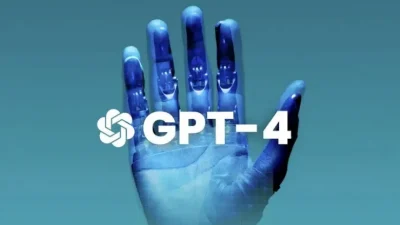Getting the best results from GPT-4 requires a deep understanding of how the model processes language. Unlike traditional search engines, which rely on keywords, GPT-4 interprets context, intent, and structure. A well-crafted prompt provides clear instructions, proper context, and a structured request, ensuring high-quality outputs.
Key Principles of Effective Prompting
- Clarity: Ambiguous prompts lead to vague responses. Clearly specify your requirements.
- Context: Providing background information enhances the model’s ability to generate relevant responses.
- Conciseness: While detailed prompts are helpful, overly long instructions may confuse the model.
- Format Specifications: If you need structured content (e.g., bullet points, headings), explicitly state it in your prompt.
Crafting Structured Prompts for Different Content Types
Depending on the type of text required, prompts should be designed accordingly. Here are some best practices for different content formats:
Informative Articles
- Use an instructional approach: “Write a detailed guide on [topic] with an introduction, main sections, and a conclusion.”
- Specify section breakdowns: “Include sections such as [A], [B], and [C] with examples.”
- Define tone and audience: “Make it formal and suitable for professionals.”
Creative Writing
- Encourage imagination: “Write a short sci-fi story set in 2080 where AI has become self-aware.”
- Provide stylistic cues: “Use a descriptive and poetic style.”
- Suggest narrative structure: “Include an introduction, conflict, climax, and resolution.”
Business and Technical Writing
- Ensure professionalism: “Draft a concise executive summary on [topic].”
- Incorporate data: “Use relevant statistics and examples.”
- Define format: “Structure the text in bullet points for clarity.”
Optimizing Prompts for Maximum Precision and Depth
To fine-tune the results, refining and iterating on prompts is essential. Minor adjustments can significantly impact the quality of the output. Here are techniques to enhance prompts:
Iterative Prompt Refinement
- Test and Adjust: Start with a basic prompt, analyze the response, and refine it for improved results.
- Use Explicit Constraints: Specify word count, perspective, or required sources.
- Break Down Complex Queries: Instead of asking for a broad topic, divide it into specific subtopics.
Common Pitfalls to Avoid
- Overly Broad Prompts: “Tell me about history” will yield a vague response. Instead, “Summarize the key events of World War II in 500 words.”
- Unclear Instructions: If you need a formal tone, state it explicitly.
- Ignoring Model Limitations: GPT-4 generates text based on probabilities and may not always provide verified facts—always cross-check information.
Comparative Analysis of Prompting Strategies
| Prompting Strategy | Description | Best Use Cases |
|---|---|---|
| Direct Instruction | Provides explicit steps for the model to follow | Technical writing, guides, reports |
| Open-Ended Prompt | Encourages creativity and interpretation | Creative writing, storytelling |
| Context-Rich Prompt | Includes background information for nuanced responses | Analytical articles, research papers |
| Step-by-Step Prompt | Breaks down complex tasks into sequential steps | Tutorials, instructional content |
Conclusion
Mastering the art of prompting is essential for obtaining high-quality responses from GPT-4. By applying structured, clear, and context-rich instructions, users can significantly enhance the effectiveness of AI-generated content. Iterative refinement and strategic formatting ensure that each response meets the desired criteria, making GPT-4 an invaluable tool for various writing needs.





